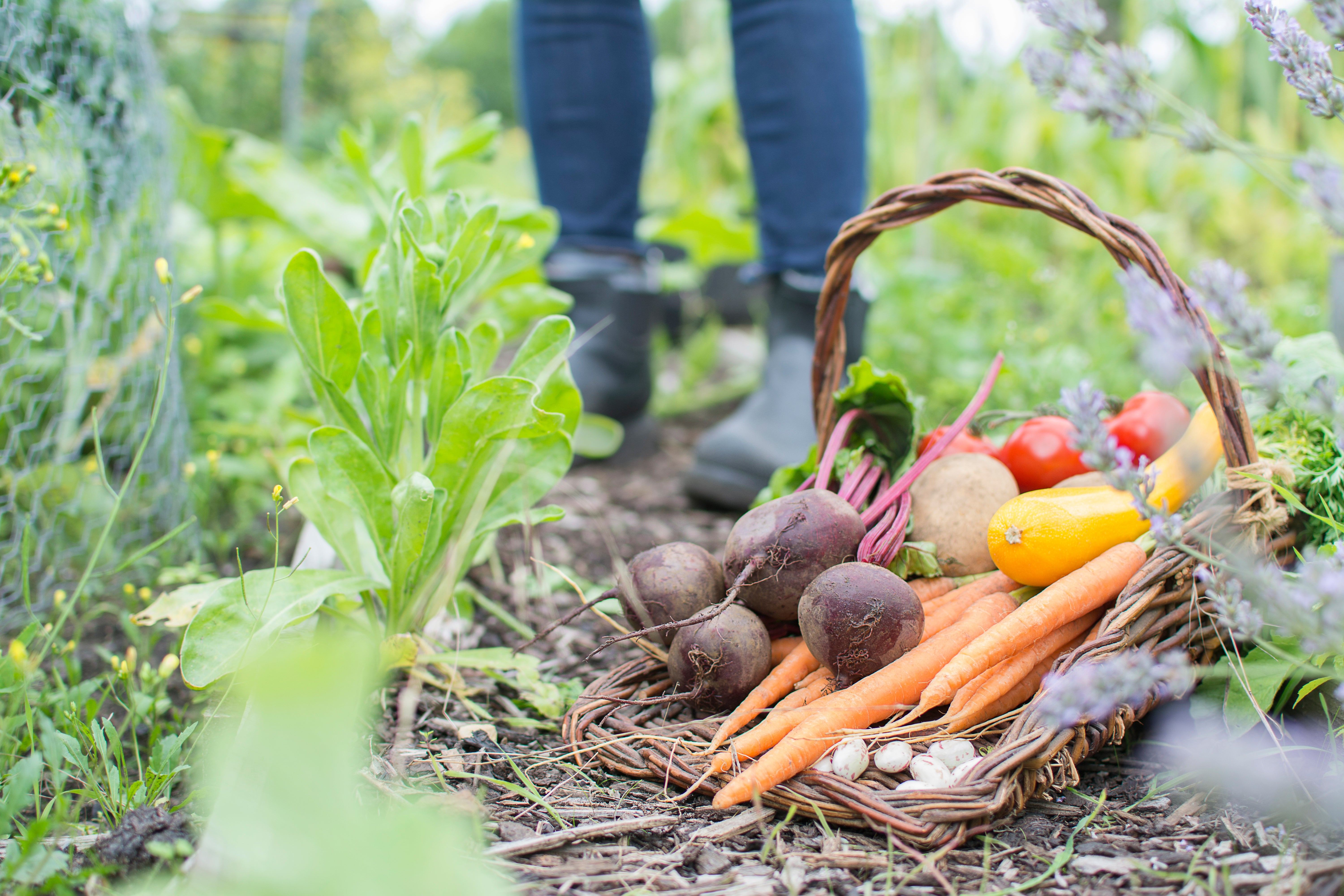I calculated my carbon and ecological footprints for 2022 – here’s what I found
I produced just one bin of recyclables and half a bin of general waste over the year, writes Donnachadh McCarthy


Every year on Mahatma Gandhi’s birthday (2 October), I calculate my annual carbon and ecological footprints, in honour of Gandhi’s call on us to practise what we preach. It is my personal National Carbon Footprint Day. But like my self-employed tax return, it can be the subject of procrastination. I finally managed to do my eco-accounts last week.
On energy and transport, it was a good result, rubbish was as low as other years, but I bought more new clothing and household goods than I have for years. Mains water usage was up due to drought and my rain barrels springing leaks, and I switched to more vegan foods.
The headline figure was that my combined carbon footprint for home electricity, heating, flights (none), car (I do not own one) and e-bike was minus 0.2 tons of CO2.
These were my energy stats for my Victorian terraced home: 1795 kwh – produced by solar pv system, 1221 kwh – exported to national grid, 574 kwh – own solar used at home, 296 kwh – imported from national grid (net zero as from Good Energy) and 870 kwh – total kwh electricity used.
Overall, I therefore had net exports of 925 kwh to the national grid, exported four times more electricity than I imported and produced more than twice my total home energy consumption. I used zero gas, as I removed my gas cooker last year and disconnected from the grid. I am hoping to use even more of my own solar electricity next year, as I got a pre-used battery in May.
I had set a personal target of going car-free for the year. This was a challenge as I was doing an Embercombe rewilding course, visiting five remote rewilding locations in England and Scotland and I was eco-auditing town councils across south-east England.
To my delight, by a combination of trains and my e-Brompton, I did manage to get to all the destinations without using any cars. But I did end up using cars three times. The train to a weekend break in Devon broke down and they put us on taxis for the remainder of the journey and when on the rewilding course in Scotland, they needed to take us by car twice to the rewilding locations in Glen Affric.
My daily mains water usage of 26 litres per day was nearly twice my usual average, due to the drought and rainwater-leaks. But it was still about a fifth of our national home water consumption of 145 litres per person.
I was chuffed that none of my humanure contributed to our water companies’ shocking river pollution, as my composting loo naturally worked perfectly during the drought.
With just a small inner-city garden, getting to self-sufficiency in food is a tall ambition, but I did manage to grow or scrump eight months of fruit and green salad leaves. I also provided all my own jams, chutney and wild garlic pesto.
I was vegetarian and semi-vegan again for the whole year and over 90 per cent was soil-saving, wildlife saving, organically produced food. I have not bought milk for years but I finally switched to vegan cheeses and chocolate this year, as their tastes have improved so much. This reduces my estimated food carbon emissions from roughly 3 tons, if I was a meat eater, to about 1.25 tons.
I used less wood in my wood burner than any year since I installed it, having largely switched to green-electric powered infrared panel heating. I burnt only 4 wheelie bins of wood, compared to 85 bins 15 years ago. I generally now only use it when I have visitors.
I produced just one bin of recyclables and half a bin of general waste over the year. I have been at this low level for over a decade, so it looks like I will not get to total zero waste! But my almost zero-waste lifestyle means that the front of my house has no ugly wheelie bins.
For most middle-class families, the embedded carbon emissions in our consumer goods will usually be our highest source of emissions and as they are hard to measure, they are usually invisible. These consumer emissions will be about 4 tons of CO2 per person, which compares to just 0.7 tons for an average household’s electricity annual emissions.
My consumer goods consumption was my highest for a number of years. For the first time in ages, I bought new clothes, as I got caught in Scotland without any rain gear and so bought a coat and waterproof trousers and two pairs of socks. I avoid buying new clothes wherever possible, as clothing emits a colossal 10 per cent of global carbon emissions.
It was also my first time in 30 years buying new white goods, as both my fridge and washing machine had to be replaced. But it meant I bought a more efficient A+++ fridge, which uses only £30 a year of electricity to run it. Combined, these two machines emitted about 0.6 tons of CO2 in their manufacture. Hopefully, they will also last at least 30 years.
Whilst I accept that radically reducing my carbon emissions will not save the world, I passionately believe that our voices calling on media, governments, businesses and civil society to change, have much more integrity and spiritual power if we are practising what we preach.
So why not write down your meter readings today and have fun in a year’s time seeing how eco-friendly and carbon-free your 2023 new year can be?
Join our commenting forum
Join thought-provoking conversations, follow other Independent readers and see their replies
Comments
Bookmark popover
Removed from bookmarks